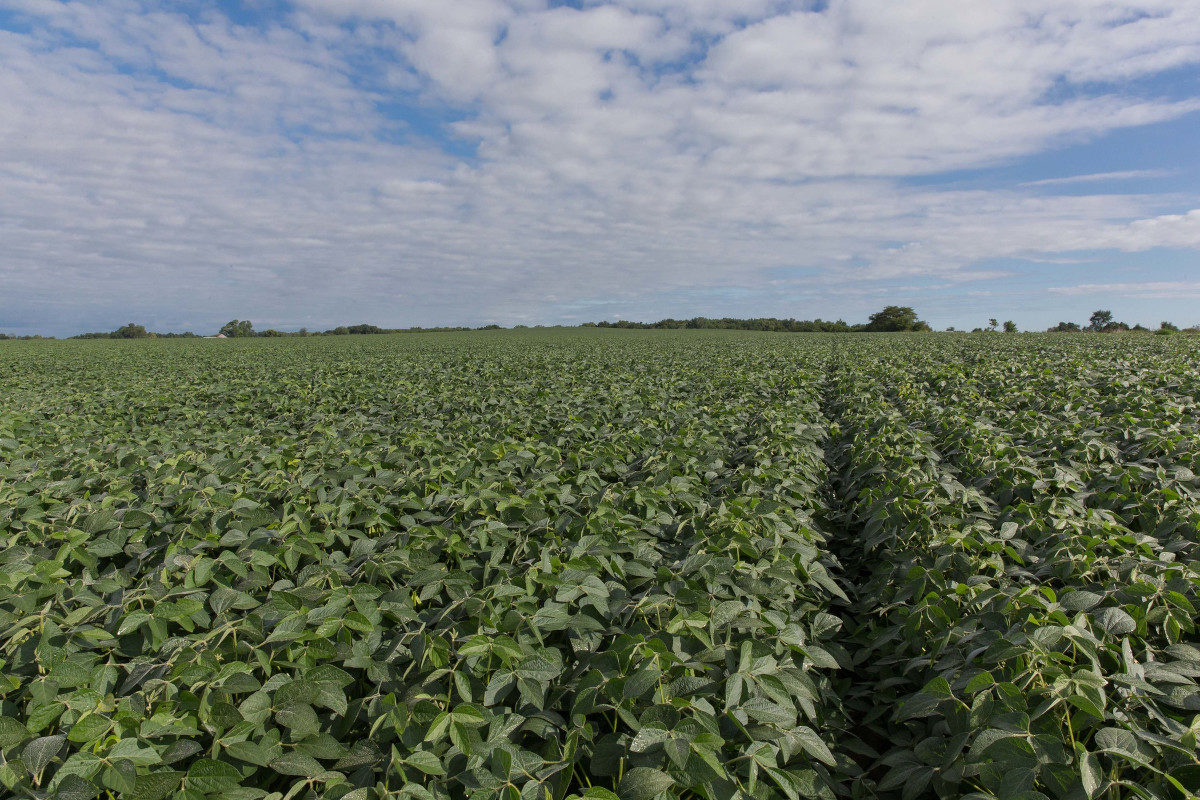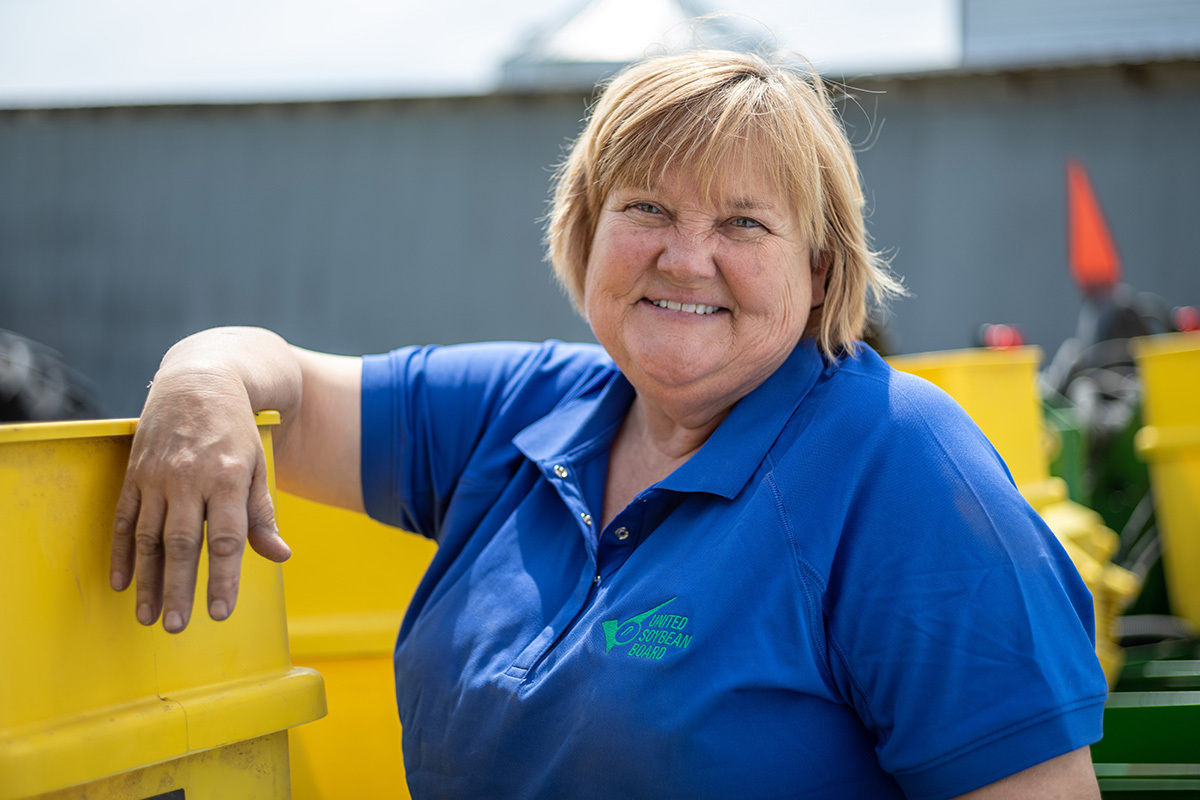Soil Carbon Sequestration — What’s in It for You, the Farmer

The Earth’s climate is changing. Adverse weather patterns are becoming more frequent and severe. Farmers are having to deal with longer periods of excessive heat, drought or extreme flooding.
An increased focus on climate change and creating carbon dioxide removal solutions for governments and corporations — many of whom have established mid-century carbon net-zero goals — are creating opportunities for farmers to monetize carbon sequestration production practices. The door is opening for farmers to be an integral and active part of the climate change solution.
A 2020 EPA report estimated that agriculture is responsible for 11% of total greenhouse gas emissions. This positions agriculture to be a key contributing business sector in the effort to resolve climate change issues. It also gives farmers the option to capitalize on economic opportunities through their use of specific production practices proven to improve soil health and agronomic performance.
The soy checkoff is taking a proactive step to help you explore the world of carbon market programs through a unique and comprehensive learning tool — the USB Carbon Toolbox. The toolbox provides an easy-to-navigate electronic platform to explain and help you find answers to your questions about carbon markets and carbon market programs so you may more easily determine if one is right for you — when you are ready.
Carbon Sequestration: Benefits, Understanding and Preparing
Soil carbon sequestration in production agriculture occurs when crops produce food through photosynthesis. Carbon dioxide is removed from the atmosphere, oxygen is released and carbon is stored in the soil. Water, air, nutrients and reduced soil disturbance all contribute to visible and structural changes in the soil profile and properties. Those changes include:
- Improved organic matter turnover and nutrient cycling.
- Improved soil structure.
- Improved water availability.
For decades, many farmers across the U.S. have been using and reaping the agronomic benefits of cover crops or various forms of conservation tillage as part of their regular production practices. Now that carbon offset protocols, or standards that quantify emission reductions, are being developed, some carbon market programs may allow farmers to receive payments for those sustainable practices if they meet specific program criteria.
The world of carbon markets developed quickly and changes constantly. Carbon market programs vary like the soil across your farm. Information in the Carbon Toolbox will help you develop a clearer understanding of carbon market terminology and definitions. That knowledge will better inform your decision-making process and help you determine if a program is right for you and your farming operation.
The toolbox also includes links to both federal and state resources, a list of agricultural practices that qualify you for carbon market programs and an introductory section on reviewing contracts and legal documents that will assist you when speaking with your legal advisor.
As a farmer, you are the world’s foremost front-line environmentalist. You are always working to conserve natural resources and improve your land so you can leave it better than you found it for the next farming generation. With the soy checkoff’s Carbon Toolbox, you can become a viable part of the solution to mitigate world climate change.



